-
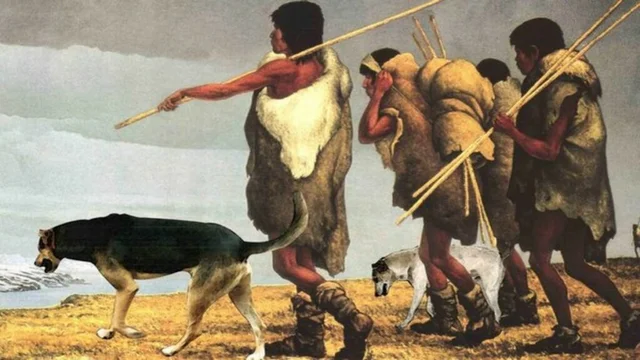 Objective: search for food and shelter
Objective: search for food and shelter -
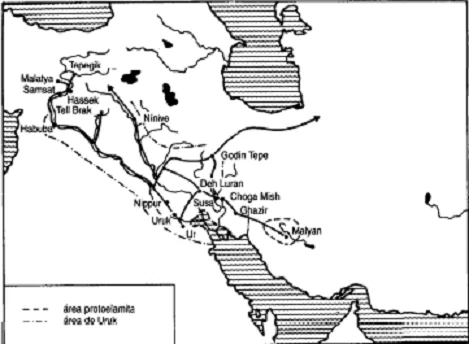 It was the one who predominated, but the King of Babylon also traveled to supervise the cities of his empire.
It was the one who predominated, but the King of Babylon also traveled to supervise the cities of his empire. -
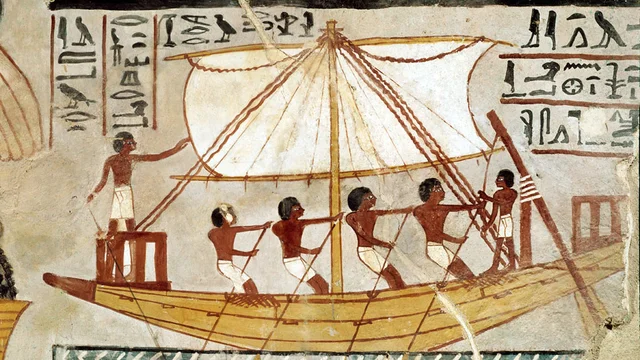 The Egyptians began to travel with the objective of seeing the pyramids and pharaoh.
The Egyptians began to travel with the objective of seeing the pyramids and pharaoh. -
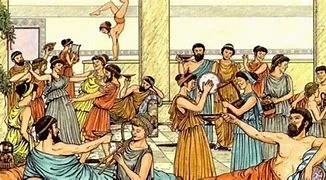 It was the Greeks who were responsible for implementing recreational activities into their travels.
It was the Greeks who were responsible for implementing recreational activities into their travels. -
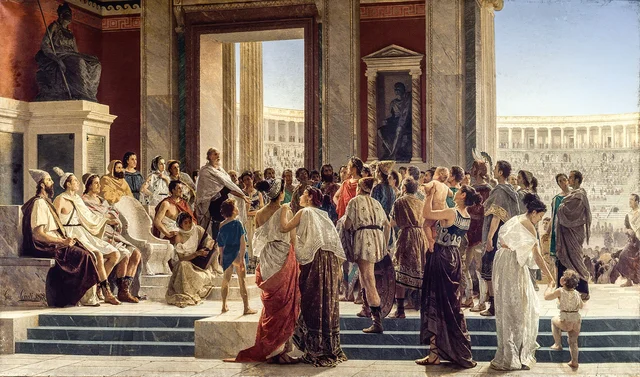 This competition became popular in Greece, and with it the travel to see it
This competition became popular in Greece, and with it the travel to see it -
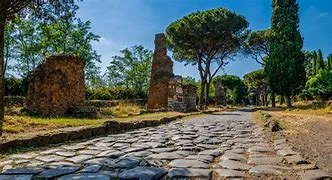 This allowed for much faster travel. An example is the Appian Way in Rome
This allowed for much faster travel. An example is the Appian Way in Rome -
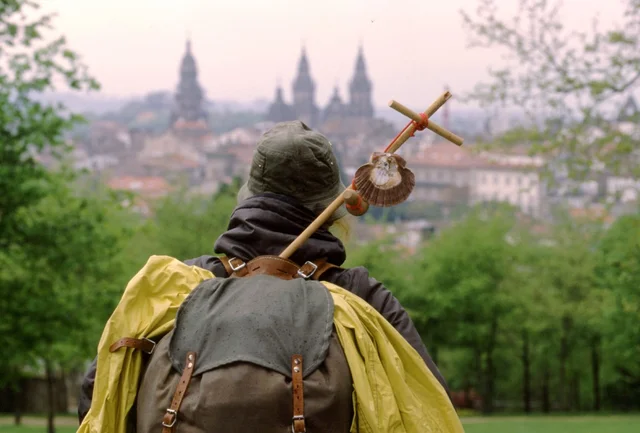 They were very common in Europe and the Middle East. One of the known routes is the Camino de Santiago.
They were very common in Europe and the Middle East. One of the known routes is the Camino de Santiago. -
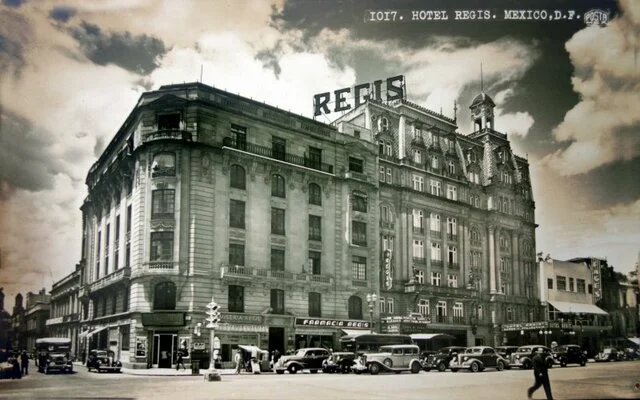 Inns already existed but they became professionalized.
Inns already existed but they became professionalized. -
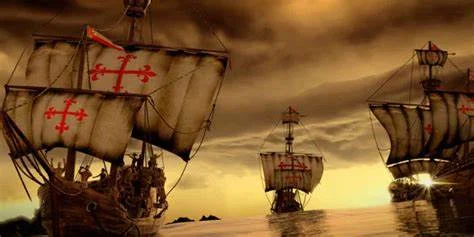 Increases potential tourist destinations and the planning of new routes
Increases potential tourist destinations and the planning of new routes -
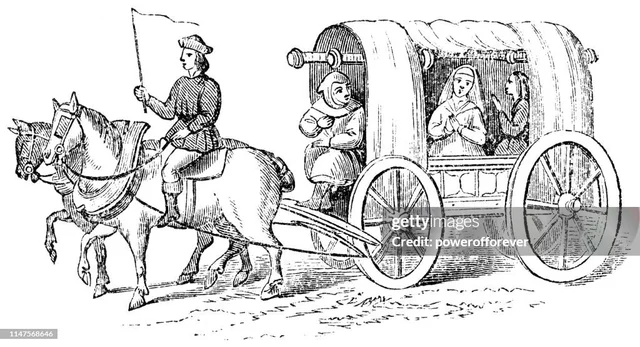 It allows for comfortable and more agile transfer of people.
It allows for comfortable and more agile transfer of people. -
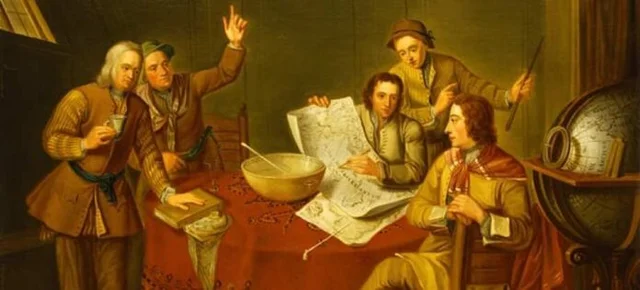 They were educational trips for aristocrats
They were educational trips for aristocrats -
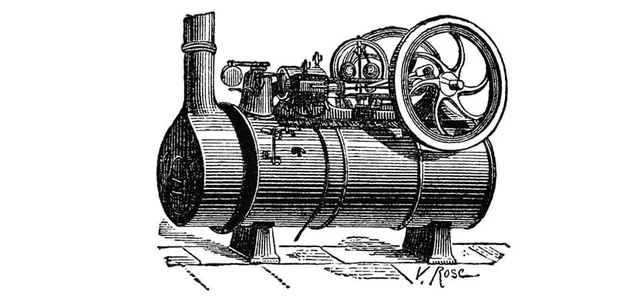 This invention of Robert Fulton was introduced both on ships and railways
This invention of Robert Fulton was introduced both on ships and railways -
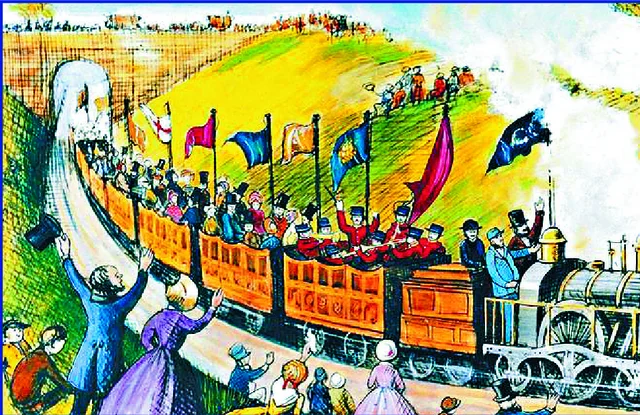 The person responsible for this event, which did not have much economic success, was Thomas Cook
The person responsible for this event, which did not have much economic success, was Thomas Cook -
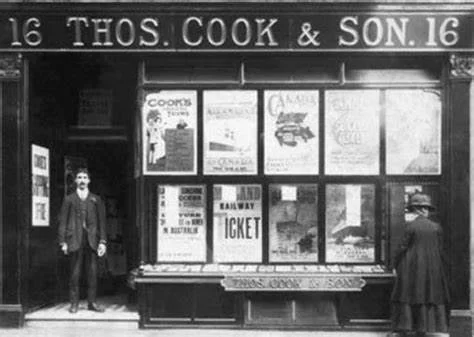 Thomas Cook Son was founded to carry temperance supporters by railway between the cities of Leicester, Nottingham, Derby and Birmingham.
Thomas Cook Son was founded to carry temperance supporters by railway between the cities of Leicester, Nottingham, Derby and Birmingham. -
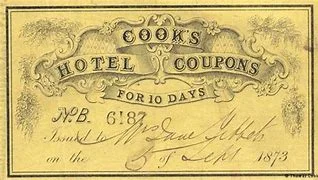 It became popular as a payment method in accommodation establishments.
It became popular as a payment method in accommodation establishments. -
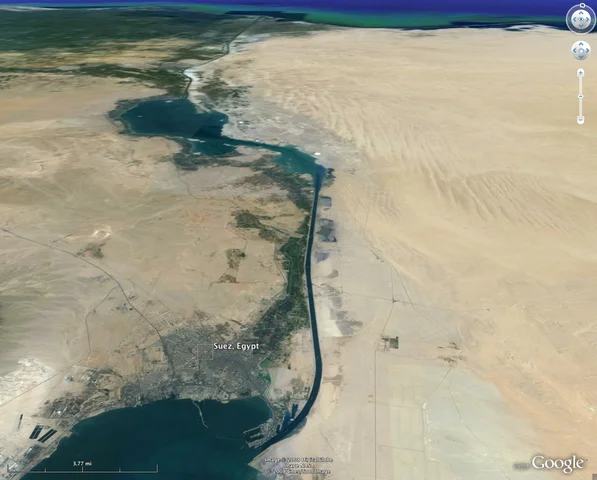 Facilitating transport between Asia and Europe
Facilitating transport between Asia and Europe -
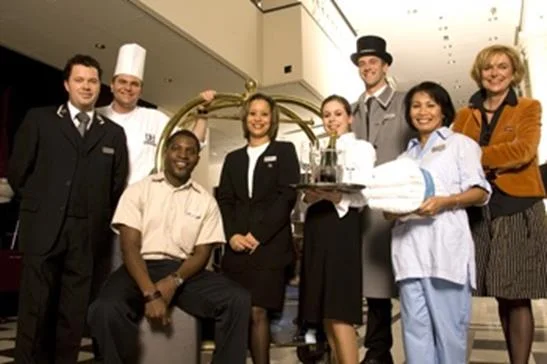 Ritz defines a hotel as a full-service and personalized establishment
Ritz defines a hotel as a full-service and personalized establishment -
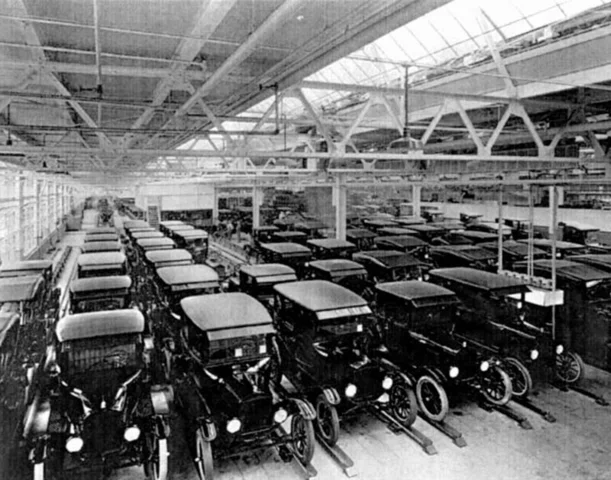
-
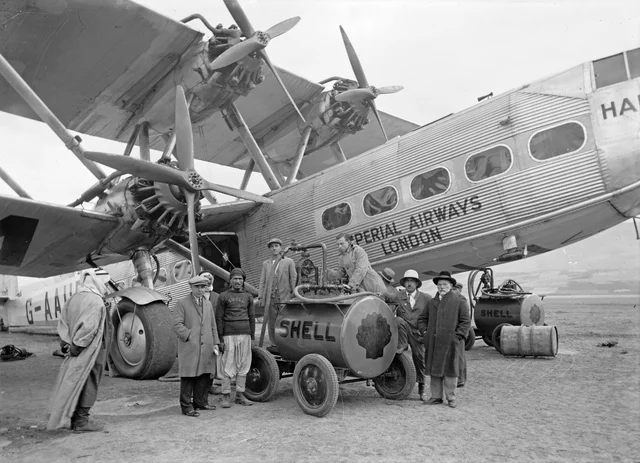 It had place in the UK
It had place in the UK -
-
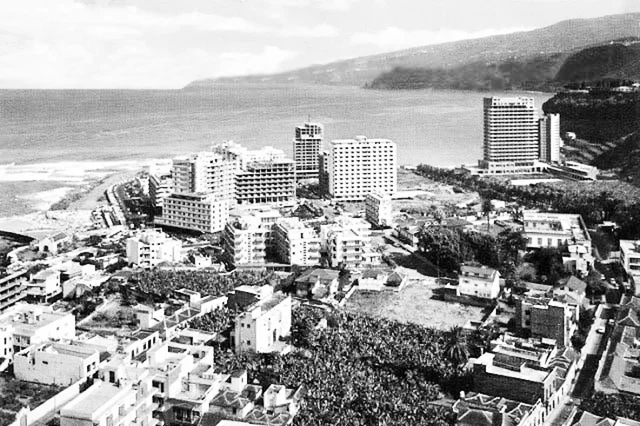 Thanks to the recovery of peace and the economy, since 1949.
Thanks to the recovery of peace and the economy, since 1949. -
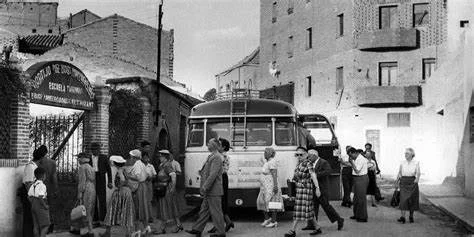 These are offers that combine several travel services in a single purchase, such as accommodation, transportation and activities. They allow you to save money and simplify travel planning.
These are offers that combine several travel services in a single purchase, such as accommodation, transportation and activities. They allow you to save money and simplify travel planning. -
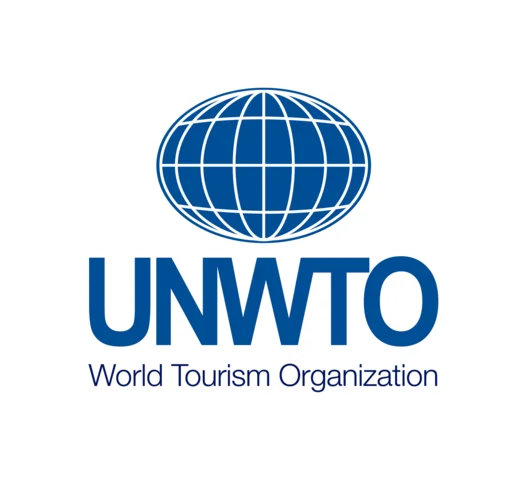 It was created as the rector of the global promotion of tourism
It was created as the rector of the global promotion of tourism -
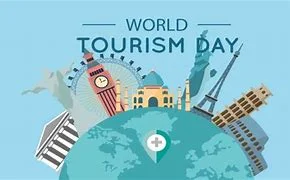 World Tourism Day was established
World Tourism Day was established -
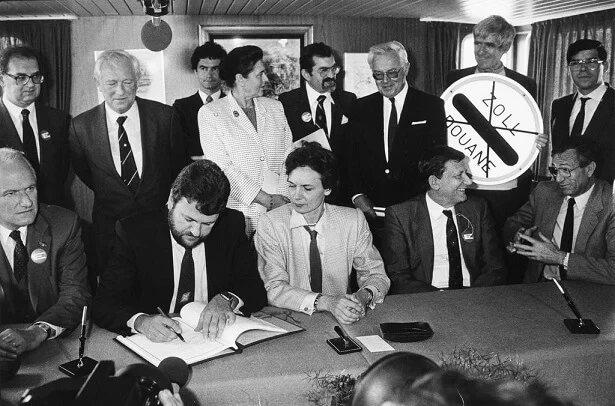 Europe as a common space with free movement
Europe as a common space with free movement -
 Technologies such as Internet begin to be applied in the sector and ecological tourism begins to expand.
Technologies such as Internet begin to be applied in the sector and ecological tourism begins to expand. -
 72% drop in tourist arrivals due to it.
72% drop in tourist arrivals due to it. -
 Levels recorded before the pandemic are recovered.
Levels recorded before the pandemic are recovered.
